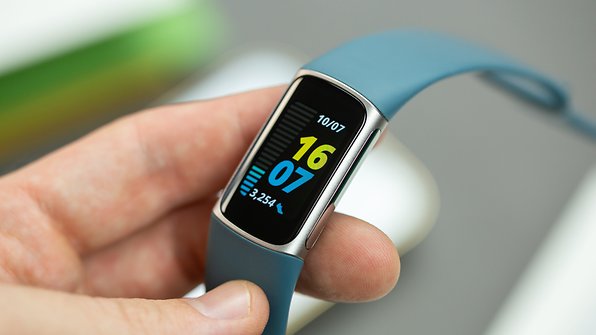
- #BEST FITBIT APPS FOR ANDROID 2016 HOW TO#
- #BEST FITBIT APPS FOR ANDROID 2016 ANDROID#
- #BEST FITBIT APPS FOR ANDROID 2016 PLUS#
Compatibility: Apple Watches only work with iPhones.Helping you work out what to look for in a smartwatch, keep the following factors in mind:
#BEST FITBIT APPS FOR ANDROID 2016 HOW TO#
If you're really serious about exercise, then we suggest you take a look at the best running watches, best fitness trackers and best Fitbits buying guides for razor-sharp analysis of how to best help your run times. For the budget-conscious, check out our list of the best cheap smartwatches.
#BEST FITBIT APPS FOR ANDROID 2016 ANDROID#
If you're after a rundown of the best smartwatches for iPhone users, then we'd suggest you read T3's guide to the best Apple Watch, because while Samsung and Wear OS smartwatches do work with iPhones, the Apple Watch plays much more nicely with iOS.If you’re looking for something that doesn’t fall from the Apple tree, and particularly if you need something that works with an Android phone, this list should help provide the answers to the smartwatch based questions you may have. Throughout this, it’s important to remember that the best smartwatch is more than just the most popular or the priciest – it’s the one that best fulfils your needs. We're here to help you through this process, hopefully opening you up to the world of possibilities available from a smartwatch. Wading your way through the world of smartwatches, whether you’re a diehard Apple fan, or fancy yourself a Samsungite, is far from simple. There are so many excellent options all fighting for that space on your wrist. It’s still waiting on killer apps and needs to support more phones sooner rather than later, but there is no denying the foundation Google has built is solid.Buying a smartwatch can be an intense process. The best part is that it retails for $79, making it the most affordable entryway into virtual reality.
#BEST FITBIT APPS FOR ANDROID 2016 PLUS#
It has a soft, fabric construction that makes it incredibly comfortable to wear for hours on end, plus a nifty versatile controller to help round out the experience.
:max_bytes(150000):strip_icc()/001_fitbit-charge-2-setup-4580598-1669d766b35e4c0db3903cacca45d147.jpg)
Though only compatible with the Pixel at launch, it will be open to a much wider range of Android phones in the future, unlike Gear VR. While the Daydream View still exists mostly, like much of the hardware Google released this fall, in a bubble of potential, meaning that what it is right now is (hopefully) a far cry from what it will become, it is the best mobile VR headset to date. It’s the most accessible way for people to access virtual reality, utilizing a device they already have and adding an affordable peripheral to complete the package. The best chance for it to do so remains through mobile VR. In order for VR to succeed, in order to devices like the Vive and Rift to take off, the platform needs to move to the mainstream. From their design, to the cute robots you buy them from, to the limited availability, Spectacles are an intriguing device and a lot of fun. Like the social media platform they come from, the appeal of Spectacles is somewhat of a mystery but there is an undeniable charm they exude. They allow users to easily capture moments in their lives and then wirelessly save them to the app’s Memories feature. The company’s first endeavor are the Spectacles, which are essentially sunglasses with an embedded camera. One of the biggest surprises of the year was the revelation that Snapchat, now Snap Inc., was getting into hardware. Yes, it may be technologically inferior to what Oculus and HTC offer, but it’s by far the most accessible, serious gaming VR headset on the market. Ten years from now, wearable technology could be the most important category in consumer electronics, or it could be dead.Įven at that price, it’s less overall than the total price of the Rift or Vive (in which you have to factor a high performance gaming PC) and there’s one huge fact that remains: 50 million PS4s have been sold. There was very little true innovation in this space this year, which makes it a curious one moving forward. It’s not that there weren’t a slew of devices that caught our eye, it’s that most of them were iterations on ideas we’ve already seen. Each gives a different take on the platform and comes with its own set of benefits and drawbacks, but both deliver a heap of excitement for what they could offer years from now.īeyond VR, though, 2016 was light on anticipation for wearables.

Both the Oculus Rift and HTC Vive hit the market this spring, giving us a taste of the future.

Though we’d seen VR in years past, 2016 was when the big guns came to play. Smartwatches are in rough shape and yet the category of wearables, which we’ve deemed to be any sort of technology you can strap to your body, was invigorated thanks to the dawn of virtual reality.


 0 kommentar(er)
0 kommentar(er)
